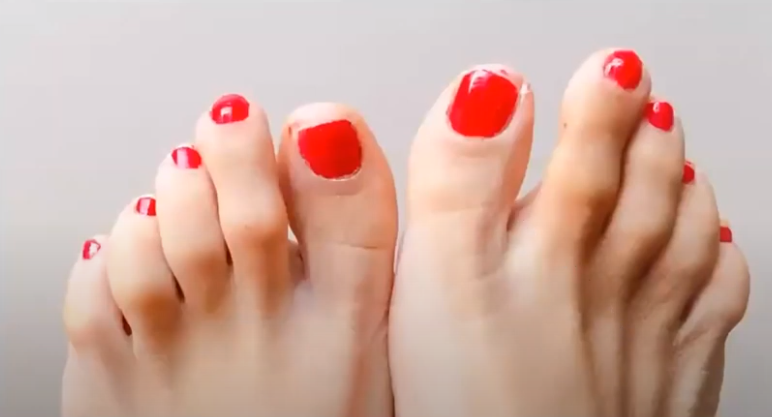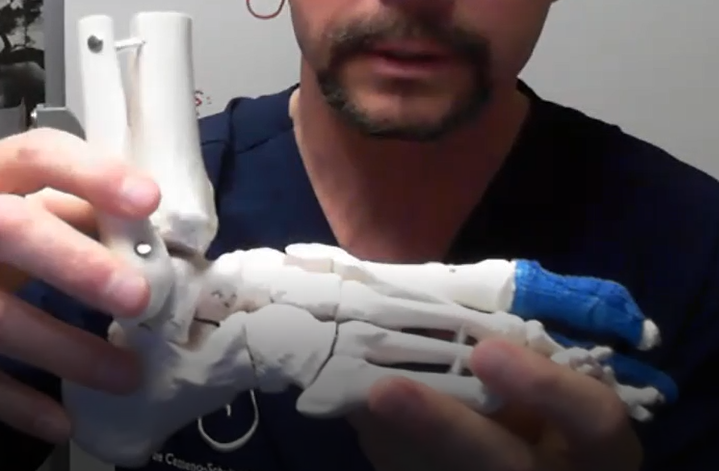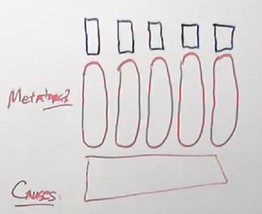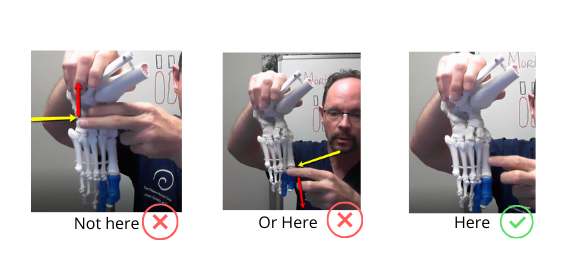Transcript
Dr. John Schultz
Hi, everybody. This is Dr. Schultz with the Centeno-Schultz Clinic. I thought we’d have a little fun today. You know, summer’s here and we’re having fun. Some of us are going out to the beach. Some of us are going to the pool. And with that, we have the opportunity to get our feet and our toes ready. So today, what we’re going to be talking about is Morton’s Toe.
I’m going to share an image with you, so bear with me, so everyone has a good understanding of what I’m talking about.

So, hopefully, now you can see Morton’s toe. This is it. Beautiful red, if you like red. Morton’s Toe, in appearance, is an elongated or longer – disproportionately longer – second toe rather than the first.
So, what we’re going to do today is kind of understand — “Mom, why was my second toe longer?”
First Things First: Some Basic Anatomy
So, we’re going to do some basic anatomy first. And, after this, you’ll get a good understanding about Morton’s Toe, the symptoms, the causes, the treatment, and the difference between Morton’s Toe and Morton’s Neuroma.

These are your toes (see above). This is what you see at the swimming pool. This is what you see at the beach. And what I want you to pay attention to are the metatarsal bones here. These long, elongated bones, and they are here. They connect the hindfoot to the toes. And what I’ve done for simplicity is I’ve wrapped up the toe joint. Now, the joint itself is composed of a couple of different joints. But what you see on the skin is basically covered here in blue.
And you can see automatically that this second toe is a little bit longer. So, I did this on purpose — I manipulated this model. So, let’s take a deeper look on the bulletin board.
Short First Metatarsal & Morton’s Toe
So, again, today, what we are going to be talking about is Morton’s Toe, and these are the metatarsals.

They connect the hindfoot to the toes and the toes, just like I showed before, are in blue. Now, what can happen is there is a short metatarsal on the first toe, which, by necessity throws off the anatomy, and every daughter is asking her mom, “Hey, Mom, why do I have a second long toe?”
The underlying problem is the first metatarsal is actually short in relationship to the other, which then gives rise to a “long second toe.”

Causes of Morton’s Toe
So, some of the causes of Morton’s Toe:
- you’re born with it.
- you also can have surgery and have a surgical resection, and
- you also can have radiation.
Now, the typical symptoms of Morton’s toe is pain at the first or second metatarsal. Right there (see below) the second or third metatarsal, second or third metatarsal right at the base.
You also can have some pain in the arch. So what are the consequences of this short metatarsal – the number one in relationship to number two?
Well, as you can imagine, for those people that are engineers, you know, it has to change the biomechanics. So, the pressure now is typically placed prominently on this first digit. But because of the short metatarsal, there’s a shift, if you will – let’s put that in green (see below) – there is a shift in the pressure to the other parts of the feet. And what that can do is it can actually spread these toes and it actually can bring these two a little bit closer. So you actually can get compression of the metatarsal heads — and this will be important in a minute.
In addition, you can have what’s called “pronation” or changes in gait.
What About Treatment?
Now, let’s talk about the treatment. First and foremost, conservative therapy. Conservative therapy in the form of physical therapy, strengthening of the muscles, you might have an orthotic, and you absolutely need to have a shoe -not a Prada – but a shoe with a wide box, so these splay toes can get appropriate place.
If left in a tight shoe, this second, this disproportionately – what appears to be disproportionately long toe – can get a callus.
Morton’s Toe Is NOT Morton’s Neuroma, but they CAN Be Related
What else can happen? Well, as a result of this compression, you can get some irritation. So the other part of today is — Morton’s Toe is not Morton’s Neuroma.
So, while we’re here, and we’re having a little bit of a lesson, let’s talk about a neuroma. A neuroma is simply an inflammation and growth around a nerve. And this can be a consequence — a Morton’s Neuroma, could be a consequence of the Morton’s toe because, as these toes splay out, you can get compression of the metatarsal heads. Well, we know that in between each of the metatarsals is a nerve, and nerves are very fragile.
You don’t want to irritate the nerves, but with this splaying out of foot as a result of the Morton’s Toe, you can get irritation of this, and that’s exactly what a Morton’s Neuroma is. It’s an irritation of the plantar nerve between metatarsals.
The other thing that can cause neuroma is a thickening of the ligaments, which hold the nerve in place. So the treatment is similar to a Morton’s Toe. It is conservative therapy. You first start with physical therapy. You start with an orthotic. You may have a pad. And surgery is never recommended.
Ultrasound & Morton’s Neuroma
And we are consummate experts, here at the Centeno-Schultz Clinic, with ultrasound. You can actually see a nerve on your ultrasound. And we’ve been able to successfully identify a neuroma under ultrasound and treat it. Treatment options include prolotherapy, which is injection of an irritant, sugar typically, or PRP.
So Morton’s Toe, Morton’s Neuroma – both cause pain at the second toe. Morton’s toe is a result of a congenital, typically. short first metatarsal, which then gives rise to the appearance of a long second toe.
Morten’s Neuroma is an inflammation of the nerve. As a result, in part due to metatarsal compression. It can be treated effectively with conservative therapy. It also can be treated non-surgically using ultrasound guidance.
Well, now that we’re at beach season, I hope this was helpful. I hope you all get to the pedicure place of your choice, now that some places are opening. If you found this helpful, please follow us on Facebook or Instagram. If you have a friend who has Morton’s Neuroma, please share this video with them.
And until next time, be well. Be safe. We’ll see you soon.




